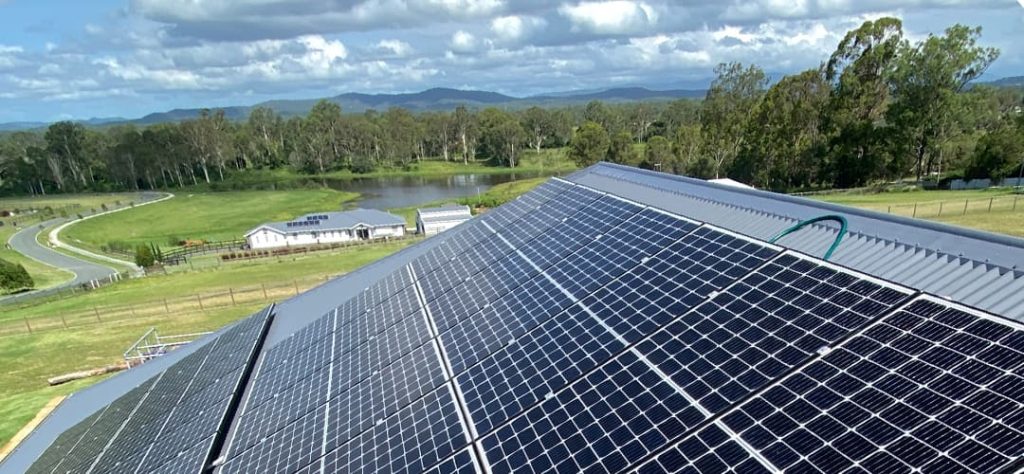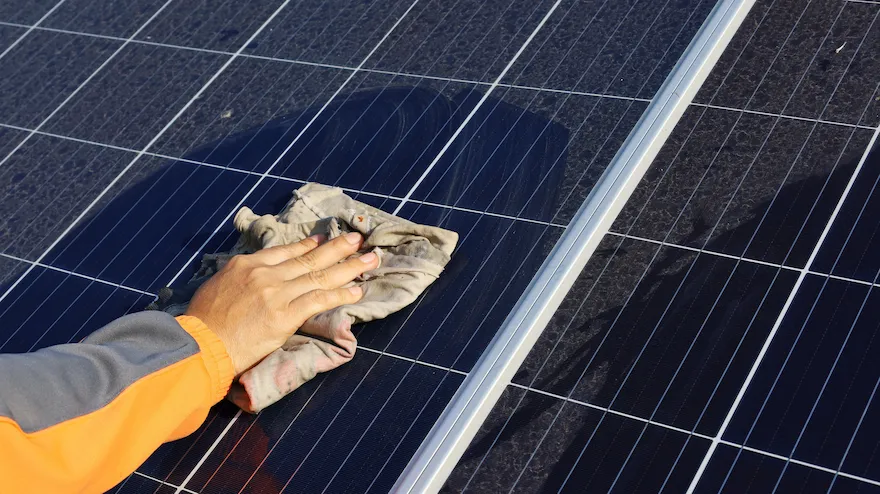In the ever-evolving world of solar energy, understanding the nuances of solar battery charging is crucial for maximising the benefits of your photovoltaic (PV) system. Solar batteries have changed the world of solar energy storage, allowing you to harness the sun’s energy even when it’s not shining.
One common question that arises when people are considering installing a solar battery is, “How many hours of sunlight do solar batteries need to charge effectively?” Let’s delve into the intricacies and uncover the factors that influence this charging process.
Understanding Solar Battery Charging
Solar batteries, also known as solar energy storage systems or solar battery storage, play a pivotal role in capturing excess solar energy generated during sunny days for later use at night or on cloudy days. The charging process begins when sunlight hits the solar panels, generating direct current (DC) electricity. This electricity is then directed to the solar inverter, where it is converted into alternating current (AC) electricity for household use.
While the primary purpose of solar panels is to meet the immediate electricity demand of your home, the surplus energy produced during peak sunlight hours can be stored in solar batteries. These batteries store the excess energy, allowing you to use it during rainy days or at night when the sun isn’t shining.
Factors That Influence Solar Battery Charging
There are a few factors that can impact the efficiency of your solar batteries and the amount of time they take to charge to full capacity. These factors include:
- Sunlight Duration: The more hours of sunlight your solar panels receive, the greater the amount of energy they generate. However, it’s essential to note that the efficiency of solar panels can vary, and factors such as shading, surface debris, and the angle of the panels also come into play.
- Battery Capacity: The capacity of your solar battery, measured in kilowatt-hours (kWh), determines how much energy it can store. A higher-capacity battery can store more energy and provide power for a more extended period.
- Depth of Discharge (DoD): DoD refers to the percentage of a battery’s capacity that has been used. Charging a battery from 20% to 80% DoD, for example, is more efficient and prolongs the battery’s life compared to regularly discharging it to 100%.
- Efficiency of the Charging System: The efficiency of the entire solar energy system, including the solar panels, inverter, and battery, impacts the overall charging process. Investing in high-quality components ensures optimal efficiency.
Optimising Solar Battery Charging
While many of the above factors are specific to the solar battery you choose, there are some things you can do to optimise the charging process. To optimise the charging of your solar battery, consider the following tips:
- Solar Panel Placement: Ensure that your solar panels are installed in a location where they receive maximum sunlight throughout the day with little to no shading. Regular cleaning and maintenance to ensure debris doesn’t build up and block sunlight can also contribute to efficiency.
- Appropriate Battery Sizing: Choose a solar battery with a capacity that aligns with your household’s energy needs. An appropriately sized battery prevents overcharging and maximises efficiency.
- Smart Energy Management: Implement smart energy management systems that monitor and control the charging and discharging of your solar battery. These systems can enhance efficiency and prolong battery life.
- Regular Maintenance: Periodic checks and maintenance of your entire solar energy system, including the solar panels, inverter, and battery, are essential for optimal performance. This can ensure any issues or damage is spotted and fixed early and minimally affects your energy output.
Make the Most of Your Solar Battery Storage
The hours of sunlight needed to charge solar batteries effectively depend on various factors, including sunlight duration, battery capacity, depth of discharge, and system efficiency. By understanding these factors and implementing best practices, you can ensure that your solar battery operates efficiently, providing you with reliable and sustainable energy.
At Solar Uptime, we are committed to empowering individuals and businesses with the knowledge to make informed decisions about solar energy. If you have further questions or are considering investing in solar batteries, reach out to our experts. Harness the power of the sun for a brighter, more sustainable future.






